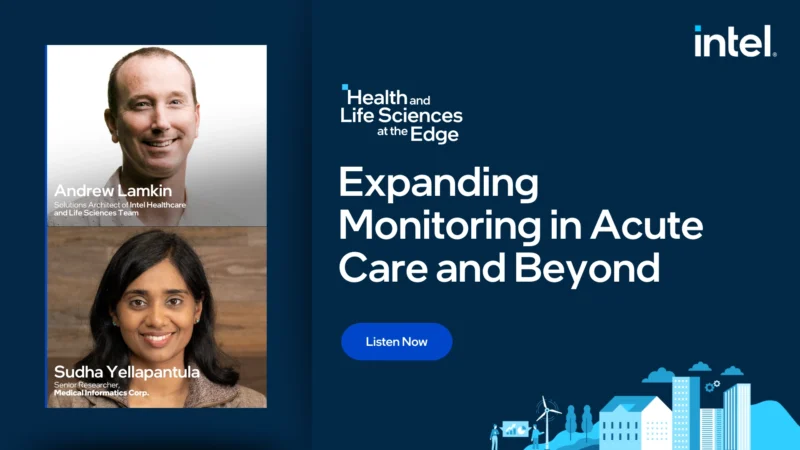HIMSS 2023: Providers and Payers Maneuver “Too Much Data,” SDOH Initiatives, and “Hospital in the Home”
HIMSS 2023 was the host of several industry-defining conversations for the healthcare industry, including reflections on the growth of data use in healthcare and the evolution of how and where care is administered.
The evolution of the healthcare marketplace has resulted in the saturation of data among multiple areas. As a result, the healthcare industry must be innovative in devising ways to channel this data in a meaningful way to serve their customers efficiently. From operations to validity and privacy, measures need to be taken to find a safe place for this data to reside.
Health equity and new initiatives buzzing around the retail community are sparking the possibility of ‘hospital in the home.’ The development of such programs will not only open more space in local hospitals but create a more comfortable environment for patients to recover in their own homes, giving healthcare organizations opportunities to channel data through remote devices.
Jonathan Wiik, Vice President of Healthcare Analytics at FinThrive, shares his takeaways from HIMSS 2023, and how these data and health equity goals are shaping out for payers and providers. has a great opportunity to capitalize on the dispersion of these different data sets, serving as a broker for these data transactions.
Jonathan’s Thoughts
“Spent the last four days here at HIMSS 2023. A lot of different themes I heard when I was here. Data, I would argue that the market is starting to realize it probably has too much data, trying to figure out exactly where it needs to go, right person, right time, right place to derive better outcomes with care and payment.
Sat in on several sessions today just understanding interoperability rules, data integrity rules, data validation rules, privacy rules, operationalizing where all that data needs to live and why.
From the payment side, saw lots and lots of discussions surrounding payer and provider transactions and what that looks like from a accountability standpoint. From the provider side of the payers, really want some transparency going back to the provider community surrounding payment rules and following that so they could do their jobs at managing care. Heard SDOH a lot. That was a buzzword two or three years ago. It’s back, baby. Social determinants of health is I think front and center as you’re looking at DEI and health equity initiatives.
I interviewed Alex Wendling from Utica University this morning, and he talked about how he has taken some data sets in state of New York and looked at how some of these social determinants datas can really drive health equity through Robert Wood Johnson Foundation, and what matters and why it’s important to understand those data sets and driving care.
Also talked with a gentleman, Geoffrey Roche, about some work that he’s done with AARP and in the state of Pennsylvania surrounding health equity and really being culturally competent at your organization to where you’re meeting the needs of others.
I’ve sat in on several sessions: Walmart, Best Buy, and all of those folks are here from the retail community really talking about hospital in the home. That’s another big theme I’ve heard here this week and where you’re seeing reimbursement kind of drive where they’re going to put technology. So hospitals are funding that infrastructure in terms of iPads, ethernet, those types of things to where patients can get better where they probably are the most comfortable which is right on their couch at home. I’ve seen lots of discussions about prior authorization, some of the rules that are out there, that’s probably the bane of existence of most of the parties here, both on the payer and provider side. I think there’s huge opportunities for FinThrive in this space as we operate a lot in those data sets, are responsible for brokering a lot of those transactions between patient, provider, and payer, and looking really forward to taking a lot of these insights and applying them through our technologies as we move forward.”
Article written by Nakita Rowell-Stevens.




